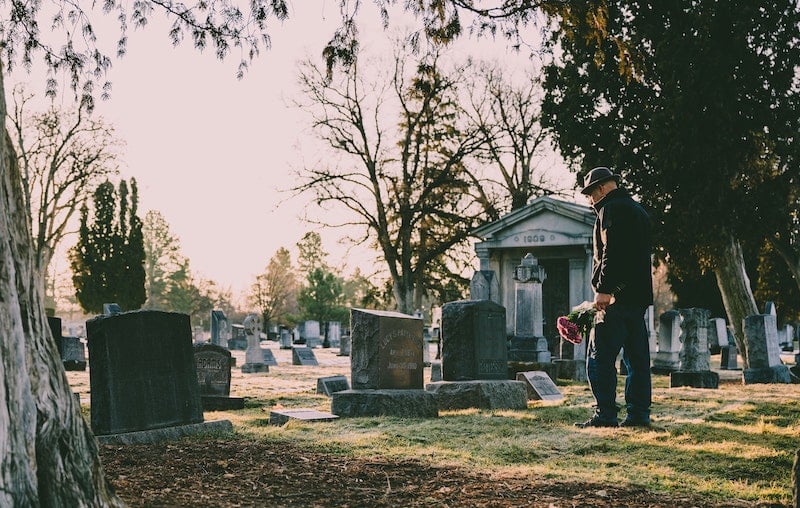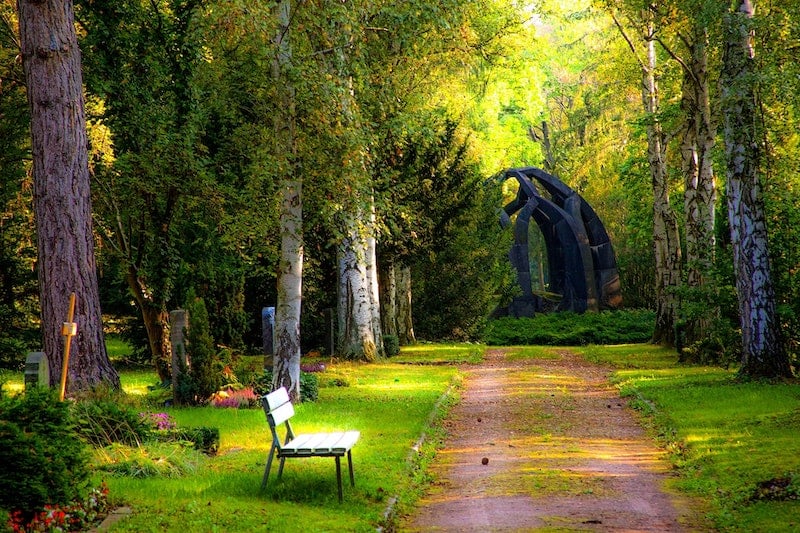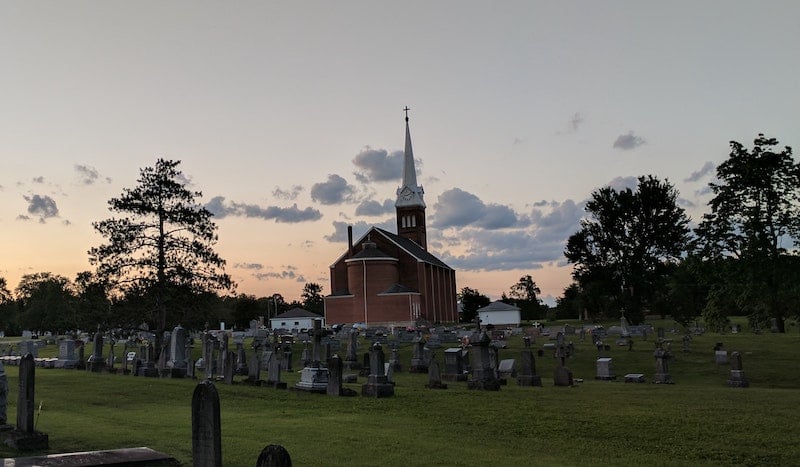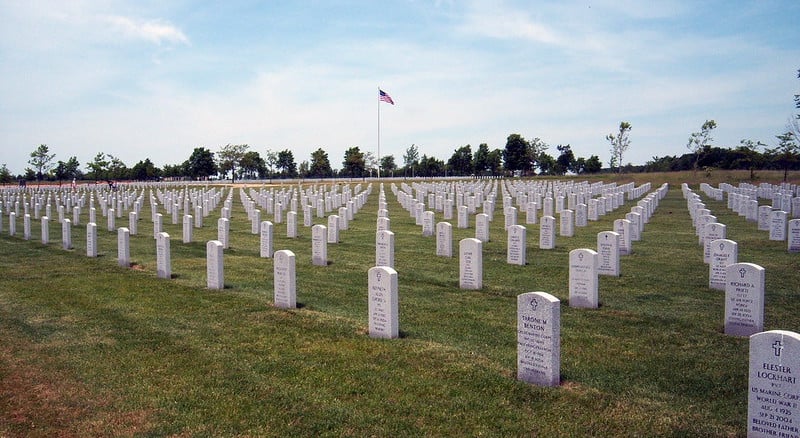During our “How We Remember” series, we’re exploring how memorialization is practiced throughout the world—across diverse geographic regions, cultures and religions. We want to explore how we are all connected in the universal experience of losing a loved one.
For essentially all of recorded human history, we’ve buried those who have passed away. And as far back as 3,000 BC, the Roman and Celtic cultures marked burial chambers with gravestones.
The history of grave markers and headstones since then is sprawling and complex. What has become relatively standard in the U.S. is our desire to mark a final resting place. It’s a key part of memorialization, which is the act of preservation.
When working with families, we stress memorialization’s importance in helping surviving family remember and honor their loved ones.
The final resting place allows surviving family to gather in the person’s memory, and for future generations to visit and learn about their ancestry.
In this article, we discuss several different types of cemeteries that exist in the United States, and in much of the world.
Monumental or Traditional Cemeteries
For many of us in the U.S., such as our own hometown of Cleveland, this is what you might consider a typical cemetery. The entire grave is underground and covered, with memorials, usually made of granite, marking the burial.
When family members are buried together, caskets or urns are placed either vertically or horizontally, often marked with a single memorial stone.
Each cemetery can have its own rules and regulations for the types of memorials placed there. Common requirements may include:
- The memorial material may be limited to only granite or only bronze, often to maintain consistency and/or because these materials last for generations with little degradation.
- The size and type of the memorial may be restricted to lawn-level memorials, while a majority permit all shapes and sizes.
- Though most cemeteries have no limitations, some may only allow standard plots, either single or double plots.
Placement fees may also differ from cemetery to the next. These placement or installation costs often depend on the size and type of the memorial, and the fee typically covers the memorial’s foundation and other services (such as perpetual care).

Why might someone choose to be buried in a traditional cemetery? There are traditional cemeteries across the United States. The number of them in most areas gives you flexibility to choose a cemetery that is in a meaningful location, has plots available in a part of the cemetery you like, allows for the type of memorial you want, and has placement fees that fit within your budget.
Garden or Rural Cemeteries
These are similar to traditional cemeteries discussed above, but are intended to “look and feel like a public park.” They may sprawl across dozens of acres, including winding trails and paths, small ponds or lakes, and extensive landscaping (such as gardens and trees).
Like traditional cemeteries, they often have requirements for the memorial types and plot sizes allowed. This maintains a certain aesthetic and can ease maintenance for the cemetery. They also often have designated areas for mausoleums and other large, private memorials.

Why might someone choose to be buried in a garden or rural cemetery? While maintaining much of the tradition of other cemeteries, those who choose to be buried here value a connection with nature and the community. It’s more common for community members to use the cemetery as a park for walking or playing. Most other cemeteries are only regularly visited by surviving family and friends of those buried there.
Churchyards and Graveyards
The term “graveyard” and “cemetery” are often used interchangeably. However, technically a graveyard is a specific type of cemetery in which the grounds are associated with a church. Often because space is limited, most graveyards (or churchyards) only allow members of their congregation and their family members to be buried there.
If you imagine church cemeteries you’ve visited, or perhaps ones you’ve driven past, many of the headstones are simpler and may follow a consistent color or form.

Immaculate Conception Church in Millhousen, Indiana
Maintenance of the grounds is the responsibility of the church. They are incentivized to maintain the upkeep because the personal nature of those buried there, as well as the proximity of the cemetery to the church.
Why might someone choose to be buried in a churchyard or graveyard? For many, a church may be a place they spent time at regularly over the course of their life. The congregation becomes a family, and the church’s cemetery becomes the ideal final resting place.
Military Cemeteries
On July 17, 1862, during the Civil War, Congress passed an act that gave the president the power to purchase cemetery grounds to be used for soldiers who die in service to the country. There were 14 cemeteries established that year, with a total of 147 National Cemeteries now in place.
Since 1903, the design of headstones at each National Cemetery are uniform: 39 inches tall, 12 inches wide and four inches thick.

Ohio Western Reserve National Cemetery in Seville, Ohio (source)
Why might someone choose to be buried in a military cemetery? The vast majority of these cemeteries are exclusive to veterans and service members, as well as their spouses and dependents. They receive certain burial benefits at no cost. The Veterans For those who choose this is a final resting place, the honor of service to this country extends beyond life.
Join Us on Our Journey to Remember
We publish weekly articles about memorialization, with the goal of helping families remember and honor their loved ones. Subscribe for future resources and articles.
Related Resources:





